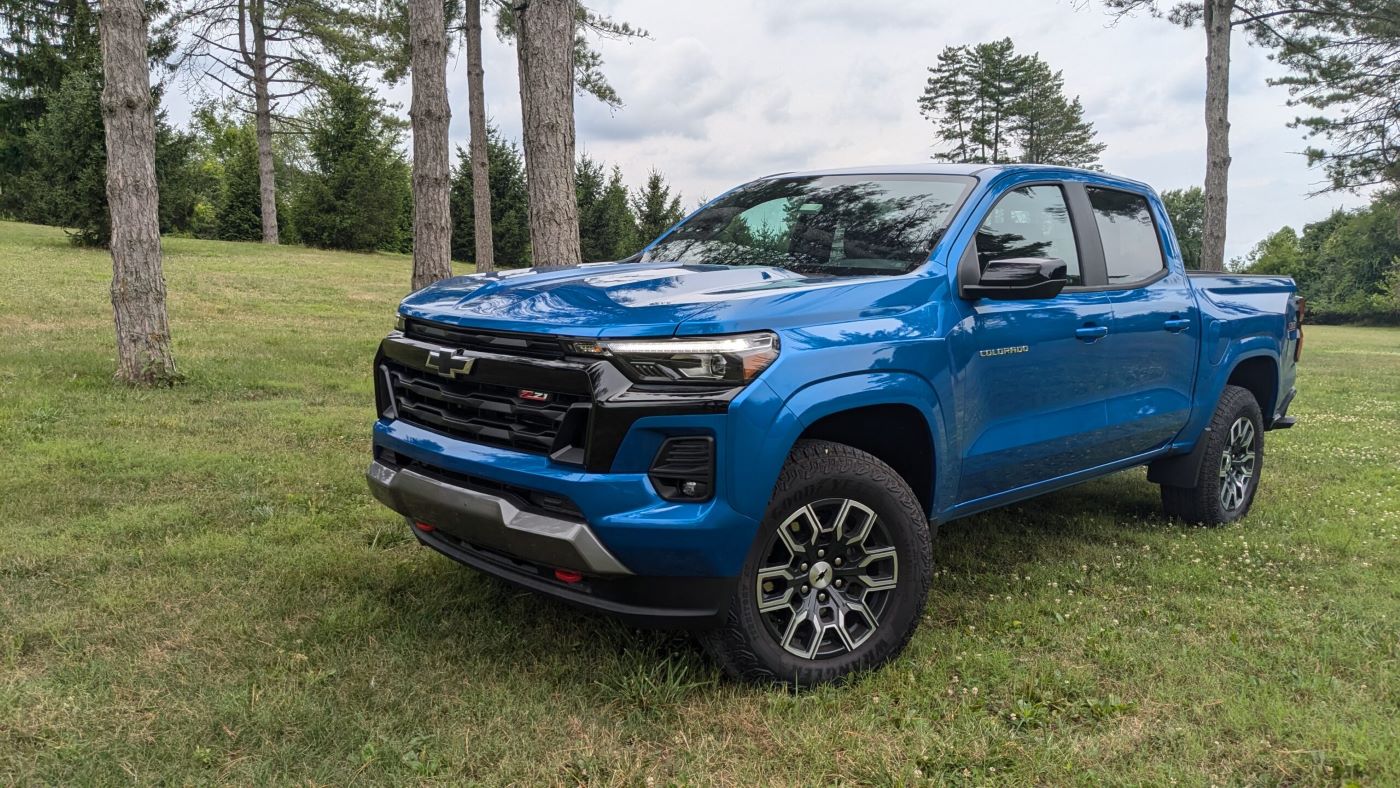Chevrolet, one of America’s most iconic automotive brands, has built a legacy spanning over a century with a wide range of vehicles that have captured the hearts of drivers worldwide. Known for its diverse lineup—from rugged trucks and powerful muscle cars to efficient compact sedans and versatile SUVs—Chevy has long been synonymous with innovation, durability, and value.
As we step into 2025, the automotive landscape continues to evolve with rapid technological advances, changing consumer preferences, and increasing demands for reliability and longevity. Against this backdrop, examining which Chevrolet models have stood the test of time and which ones have faltered provides invaluable insight for both enthusiasts and everyday drivers.
Durability and build quality are paramount in shaping a vehicle’s legacy. Models that withstand the rigors of daily use, rough roads, and the wear and tear of time earn their place as trusted companions for years, even decades. These vehicles often feature robust engineering, quality materials, and thoughtful design choices that minimize common aging issues such as rattles, mechanical failures, or structural degradation.
On the other hand, some models suffer from design compromises, cost-cutting, or engineering flaws that become glaring liabilities as they accumulate miles and years. Identifying these strengths and weaknesses within Chevrolet’s lineup helps paint a clearer picture of what to expect when buying new or used, and highlights the brand’s successes and lessons learned.
This article explores five Chevrolet models that remain exceptionally strong and reliable as of 2025. These vehicles exemplify the brand’s best attributes: solid construction, enduring mechanical reliability, and interiors that resist the annoying noises and wear that plague many aging vehicles.
They are the models that owners continue to trust and praise for their longevity, whether they are pickup trucks like the Silverado and Colorado, SUVs like the Tahoe, or performance cars like the Corvette C7. Each of these models benefits from Chevrolet’s focus on quality materials, engineering rigor, and a refusal to sacrifice durability for cost savings or fleeting trends.
Conversely, the article also delves into five Chevrolet models that have not aged as gracefully. These vehicles demonstrate how early compromises in materials, design, or engineering can lead to persistent issues such as rattles, premature wear, mechanical glitches, and structural weaknesses.
Models like the Cruze and Sonic, once praised for affordability and style, reveal interior quality problems and drivetrain concerns that reduce their long-term appeal. Similarly, SUVs and trucks such as the Trailblazer and Avalanche, despite initial promise, have shown corrosion problems and interior durability issues that erode owner satisfaction over time.
Understanding which Chevys have excelled and which have struggled offers prospective buyers, current owners, and automotive enthusiasts a comprehensive view of the brand’s strengths and vulnerabilities.
It also underscores the importance of building quality and engineering foresight in crafting vehicles that endure not just in style and performance, but in reliability and ownership experience. As we explore these ten models in detail, this article aims to guide you toward smarter vehicle choices and deepen your appreciation for the complex factors that determine a car’s longevity.
Also Read: 5 Cars Where Minor Repairs Total Over $1,000 And 5 That Stay Manageable
5 Chevys That Are Still Strong in 2025
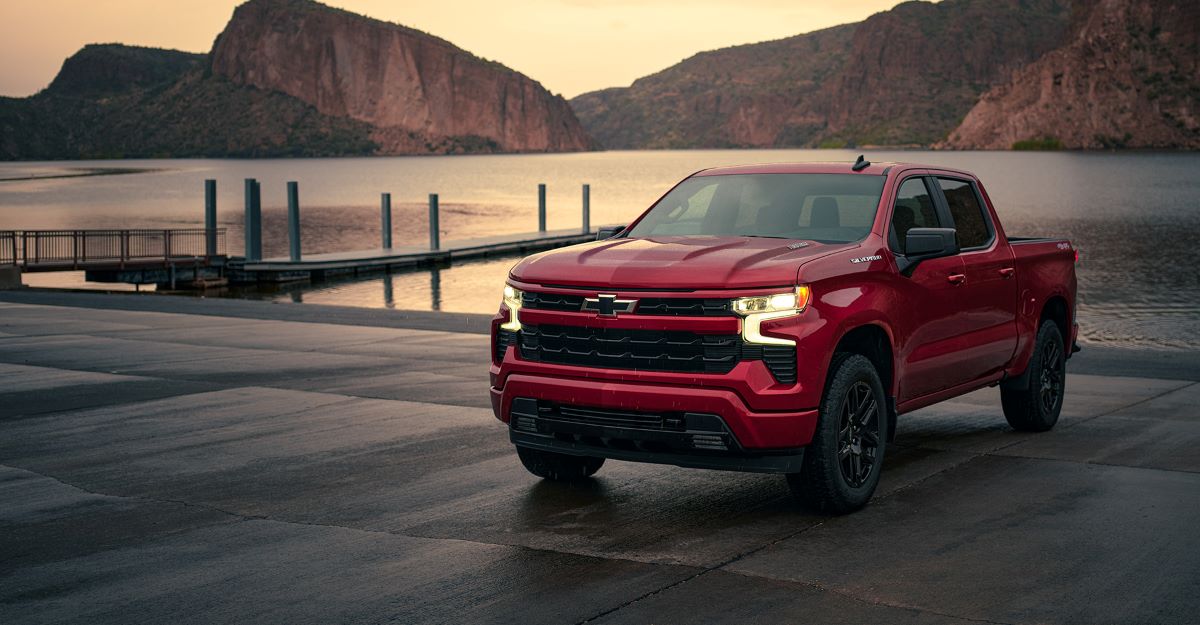
1. Chevrolet Silverado 1500 (2014–Present)
The Chevrolet Silverado 1500 stands as one of the most enduring pickups in the American automotive landscape. Its reputation for strength and reliability isn’t just marketing fluff—it’s rooted in solid engineering and real-world performance. This full-size truck’s body-on-frame design offers exceptional durability, providing the backbone needed for heavy-duty tasks and rough terrains.
Over multiple generations, Chevrolet has refined the Silverado with stronger materials and enhanced suspension components, making it capable of handling high mileage and demanding workloads without significant structural degradation. Owners of older models routinely report impressive longevity, with trucks reaching 200,000 miles and beyond while maintaining tight door seals and a rattle-free cabin.
What truly sets the Silverado apart is its balanced approach to modernization and ruggedness. Instead of chasing every new tech trend, Chevrolet focused on reinforcing the Silverado’s mechanical and structural foundations. This has resulted in vehicles that maintain their composure under stress, resisting common issues like chassis flex and cabin squeaks that plague many trucks as they age.
The inclusion of robust V8 powertrains, like the 5.3L EcoTec3 and the 6.2L V8, ensures a combination of power, torque, and longevity rarely matched in this segment. These engines feature durable components and relatively simple designs, minimizing costly repairs over the truck’s lifespan.
Inside, the Silverado’s build quality reflects its exterior toughness. Fit and finish are tight, and panel gaps remain consistent even after years of exposure to harsh weather and off-road abuse. Chevrolet’s engineers have used heavier gauge metals and more durable plastics, ensuring that the interior feels solid and doesn’t succumb to rattles or loosening parts—a frequent complaint with less well-built trucks.
Moreover, the Silverado’s extensive aftermarket support means that replacement parts and upgrades are readily available, helping owners maintain their vehicles in peak condition over time.
The truck’s versatility further enhances its longevity. From work sites to family outings, the Silverado adapts without losing structural integrity. Its suspension absorbs shocks without compromising stability, and its frame resists twisting forces that could otherwise cause creaks or misalignment. The Silverado remains a flagship example of how American trucks can combine rugged dependability with modern comforts, standing strong in 2025 as a testament to well-executed engineering.

2. Chevrolet Tahoe (2015–Present)
The Chevrolet Tahoe’s enduring appeal lies in its unique blend of full-size SUV capability and refined construction. In the competitive world of large SUVs, the Tahoe’s ability to offer a quiet, comfortable ride without sacrificing toughness is a standout trait.
This success is rooted in a robust body-on-frame architecture that provides the structural rigidity necessary to prevent chassis flex and reduce rattles, even under heavy use or rough driving conditions. Over the years, Chevrolet has continuously upgraded the Tahoe’s suspension components, frame reinforcements, and noise insulation, enhancing both ride quality and cabin quietness.
The Tahoe’s interior build quality is surprisingly resilient, especially for a large SUV often used in demanding environments. Chevy employs premium materials and reinforces attachment points, resulting in tight door seals, well-secured trim, and minimal wear even after years of family road trips or off-road adventures. The vehicle’s seats maintain comfort and supportiveness without sagging or developing squeaks, which helps preserve an overall feeling of quality and solidity inside the cabin.
Under the hood, the Tahoe’s naturally aspirated V8 engines—particularly the 5.3L EcoTec3—are well-known for their longevity and dependable power delivery. Their mechanical simplicity, paired with robust cooling systems and conservative tuning, results in fewer repairs and a longer service life compared to many modern turbocharged engines.
These powertrains can endure tough towing demands and daily driving without developing excessive noise or vibration, reinforcing the Tahoe’s reputation as a long-lasting SUV.
Chevrolet’s evolutionary approach to the Tahoe has meant that the model has avoided the pitfalls of rushed redesigns or cost-cutting measures that can undermine build quality. By focusing on incremental improvements—such as better soundproofing, enhanced chassis bracing, and upgraded suspension tuning—the Tahoe has maintained a solid, rattle-free presence on the road.
Its strong engineering foundation and thoughtful execution ensure that it remains a reliable and comfortable option for buyers seeking a full-size SUV that won’t lose its composure as it ages.
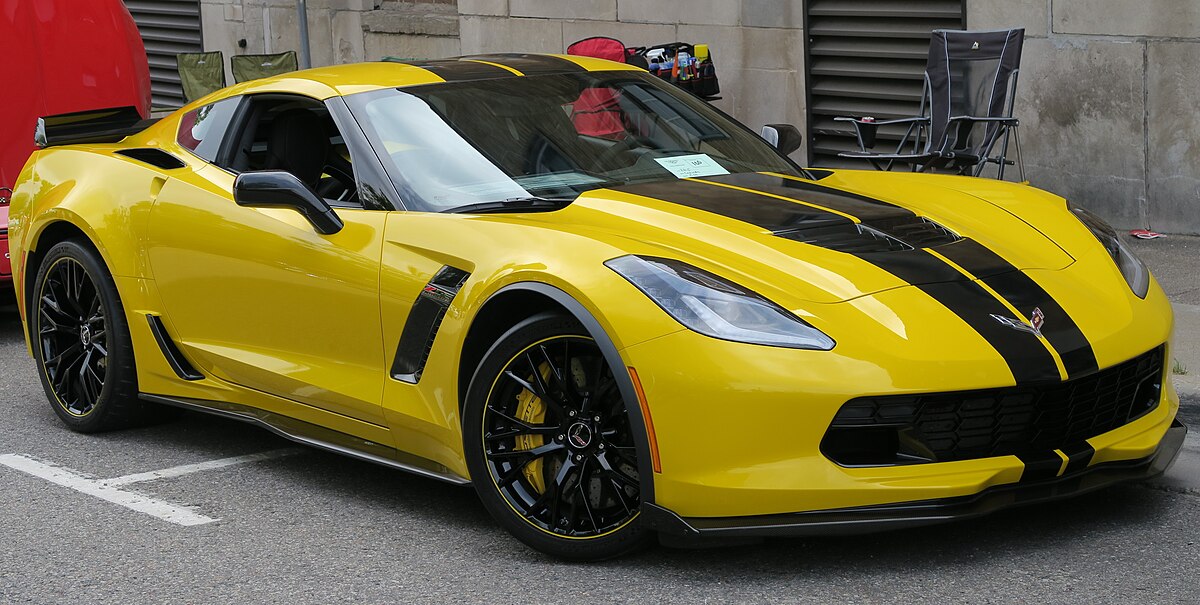
3. Chevrolet Corvette C7 (2014–2019)
The Chevrolet Corvette C7 represents a rare intersection of high-performance engineering and impressive build quality, making it one of the few sports cars that continues to hold up strongly as it ages. Unlike many sports cars that trade comfort and durability for speed, the C7’s construction uses a rigid aluminum frame combined with composite body panels, providing outstanding structural integrity.
This solid foundation reduces chassis flex and helps maintain consistent panel gaps, preventing the rattling and squeaking that often plague older performance cars. Owners frequently praise the C7’s tight fit and finish, which contributes to a sense of quality rarely found in this price segment.
Inside, the Corvette C7’s cabin is driver-focused but also surprisingly well-built. Chevrolet invested in higher-quality materials and precise assembly, resulting in durable dashboard elements, secure door panels, and seats that hold their shape and comfort even after years of use.
Unlike earlier Corvette generations known for rattles, the C7’s interior is notably quiet and composed, with minimal road noise intrusion. This attention to detail enhances the ownership experience, making the car enjoyable not just for weekend track days but also for daily driving and longer trips.
Mechanically, the naturally aspirated 6.2L V8 powering the C7 is a testament to Chevrolet’s engineering prowess. Known for its robust internals and straightforward design, this engine delivers impressive power and torque while being relatively easy to maintain.
The drivetrain and suspension components are designed to endure aggressive driving without compromising reliability. The C7’s cooling systems and chassis geometry further support its longevity, allowing owners to enjoy a true performance vehicle without constant mechanical concerns.
Beyond its performance credentials, the C7 Corvette’s build quality sets it apart from many competitors. Chevrolet’s meticulous quality control during production helped reduce early defects and inconsistencies, which has translated into fewer long-term issues for owners. This combination of structural strength, interior durability, and mechanical reliability ensures the C7 remains a highly sought-after sports car in 2025, revered for aging gracefully both in looks and performance.
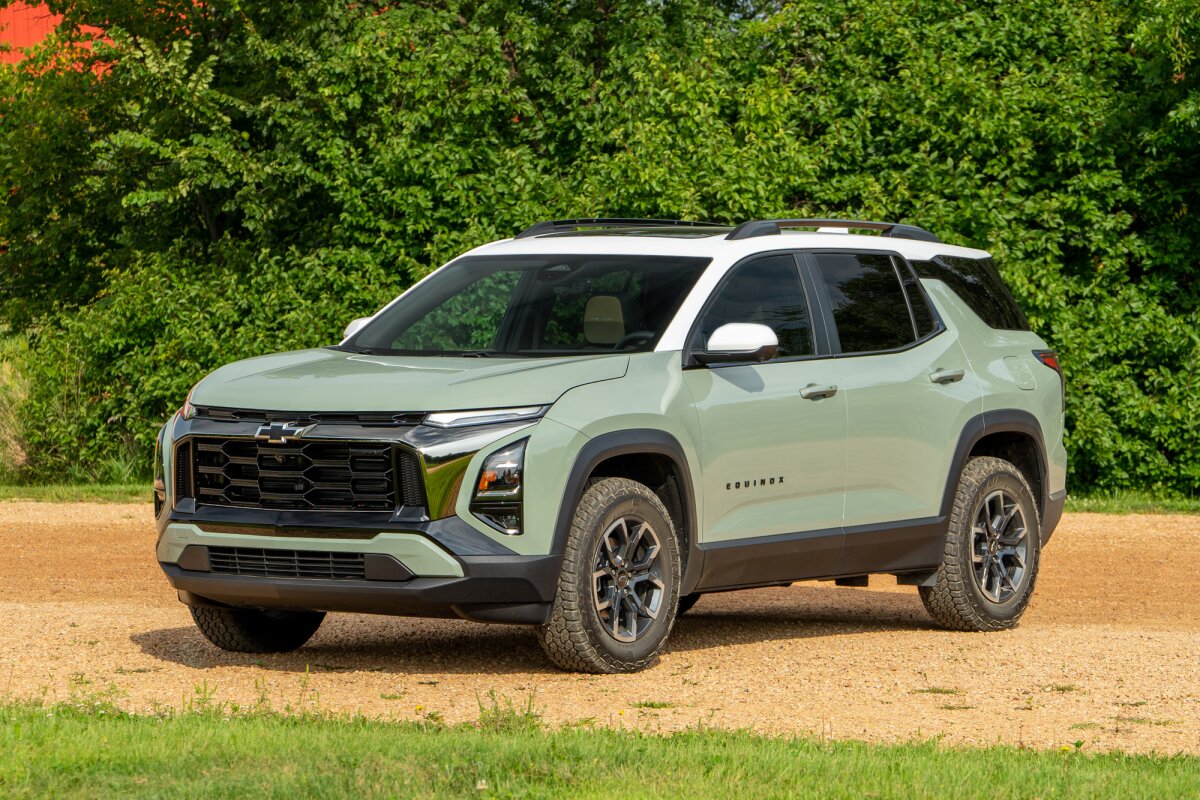
4. Chevrolet Equinox (2018–Present)
The Chevrolet Equinox, particularly the post-2018 generation, showcases Chevrolet’s ability to deliver a compact SUV that balances refinement with reliable construction. This model is built on a more rigid unibody platform that significantly enhances chassis stiffness, which translates into better handling, reduced vibrations, and a quieter cabin compared to its predecessors.
The use of improved sound-deadening materials and higher-grade plastics throughout the interior means that the Equinox is less prone to rattles, creaks, and premature wear, all factors that contribute to its enduring appeal.
The Equinox’s powertrain options, including the popular 1.5L turbocharged engine, have proven themselves reliable under everyday driving conditions. These engines offer a blend of efficiency and adequate power without complex forced-induction systems that tend to increase maintenance costs and failure rates.
Additionally, the transmission and suspension systems in the Equinox are robustly engineered to absorb bumps and road imperfections without transmitting excessive noise or vibration into the cabin, resulting in a more comfortable ride over time.
Inside, the Equinox benefits from a well-thought-out interior design that prioritizes durability. Chevrolet upgraded the dashboard materials and door trims to more scratch- and fade-resistant plastics, while the seats use higher-density foam that resists sagging.
These improvements reduce the likelihood of interior components loosening or producing annoying rattles as the vehicle ages. The result is an SUV that maintains its composure, feels solid, and continues to offer a pleasant driving environment even after years of ownership.
Moreover, the Equinox’s consistent build quality and reliable mechanics have made it a popular choice among buyers looking for a dependable, long-lasting compact SUV. Its blend of refinement, efficiency, and durability has positioned it well in the market, ensuring that it remains a strong contender among its peers in 2025.
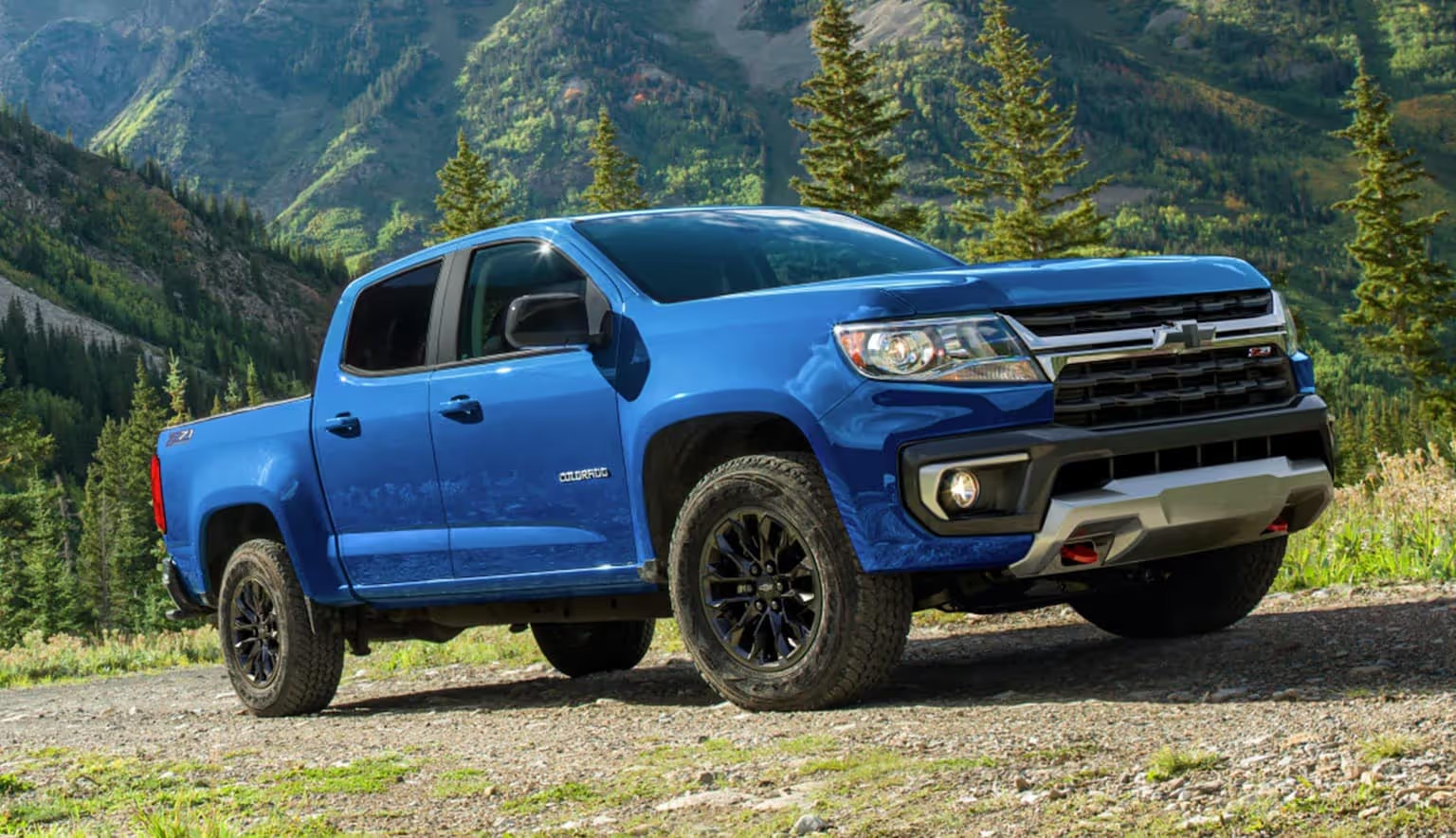
5. Chevrolet Colorado (2015–Present)
The Chevrolet Colorado occupies a critical niche as a mid-size pickup that offers a compelling combination of capability and long-term durability. Its rugged ladder frame provides a strong structural base that resists twisting and flexing, even under heavy loads or off-road conditions.
This results in a truck that feels solid behind the wheel and remains tight and rattle-free well into its lifecycle. The Colorado’s suspension design, featuring independent front suspension and a multi-link rear setup, contributes to a smooth yet controlled ride that minimizes cabin noise and vibration, even on rough terrain.
Under the hood, the Colorado offers a range of dependable engines, notably the 3.6L V6 and the 2.8L Duramax diesel. Both power plants have earned praise for their durability and straightforward engineering, providing owners with reliable performance and longevity.
The diesel, in particular, offers impressive torque and fuel economy, making the Colorado a versatile work and recreational vehicle. Maintenance and repair costs are generally reasonable, thanks to the relatively simple and proven design of these engines.
Inside, Colorado’s interior is built with practicality and durability in mind. Chevrolet used high-quality, hard-wearing plastics and tightly secured trim pieces that resist loosening and rattling over time. The seats maintain firmness and support even after years of daily use, and the cabin’s overall construction minimizes creaks and squeaks—a common problem in many mid-size pickups. These factors combine to create a vehicle that not only performs well but also remains comfortable and quiet with age.
In summary, the Chevrolet Colorado exemplifies how careful engineering and attention to build quality can create a mid-size pickup that withstands the rigors of daily use, work duties, and off-road adventures. Its strong frame, reliable engines, and durable interior make it one of the strongest Chevy models on the road in 2025.
5 Chevys That Haven’t Aged Well
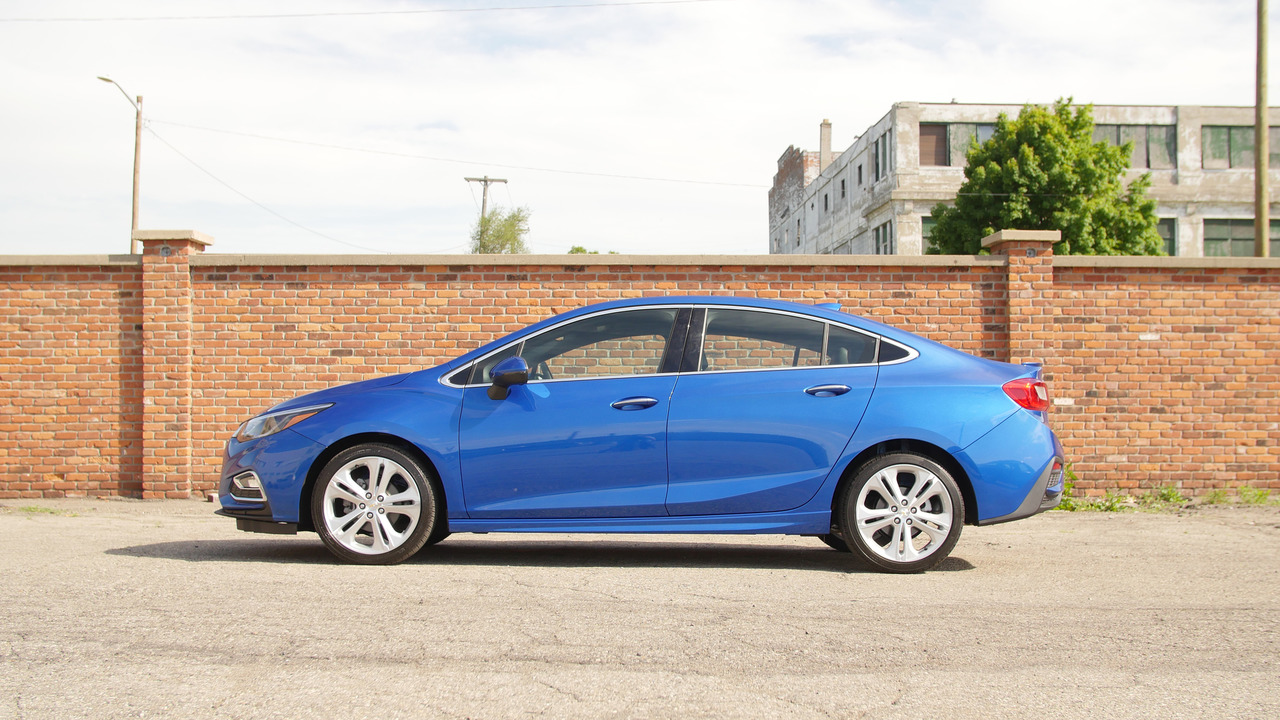
1. Chevrolet Cruze (2011–2019)
The Chevrolet Cruze initially made a splash in the compact car segment by offering a combination of stylish design, fuel efficiency, and modern technology at a competitive price. However, as time has passed, many Cruze models have shown significant signs of aging that have hurt their long-term reputation.
One of the most glaring issues involves the interior build quality. The Cruze’s cabin is filled with hard plastics and thin materials that quickly lose their tight fit after only a few years. Door panels often start to rattle, dashboard components loosen, and trim pieces tend to creak under minimal stress, creating a persistent noise problem that erodes the driving experience.
Beyond cosmetic concerns, the Cruze’s mechanical components have faced durability challenges. The engine mounts, which are designed to isolate vibrations from the powertrain, have been known to deteriorate prematurely, causing increased engine vibration and noise to permeate the cabin.
Suspension components such as control arm bushings and struts also wear out faster than expected, leading to clunking noises and an unsettled ride. These issues are particularly troubling because they directly impact driver comfort and the vehicle’s perceived solidity.
Structurally, the Cruze’s unibody frame lacks the robustness of some competitors, which can lead to flexing and misaligned panels over time. This not only affects the vehicle’s appearance but also its safety and integrity. Wind noise and water leaks have been reported as the seals degrade, further diminishing owner satisfaction.
While the Cruze remains popular in used car markets due to its affordability, it unfortunately falls short when judged on how well it withstands the test of time. The cumulative effect of interior rattles, mechanical wear, and structural weaknesses places the Cruze squarely on the list of Chevy models that haven’t aged gracefully.
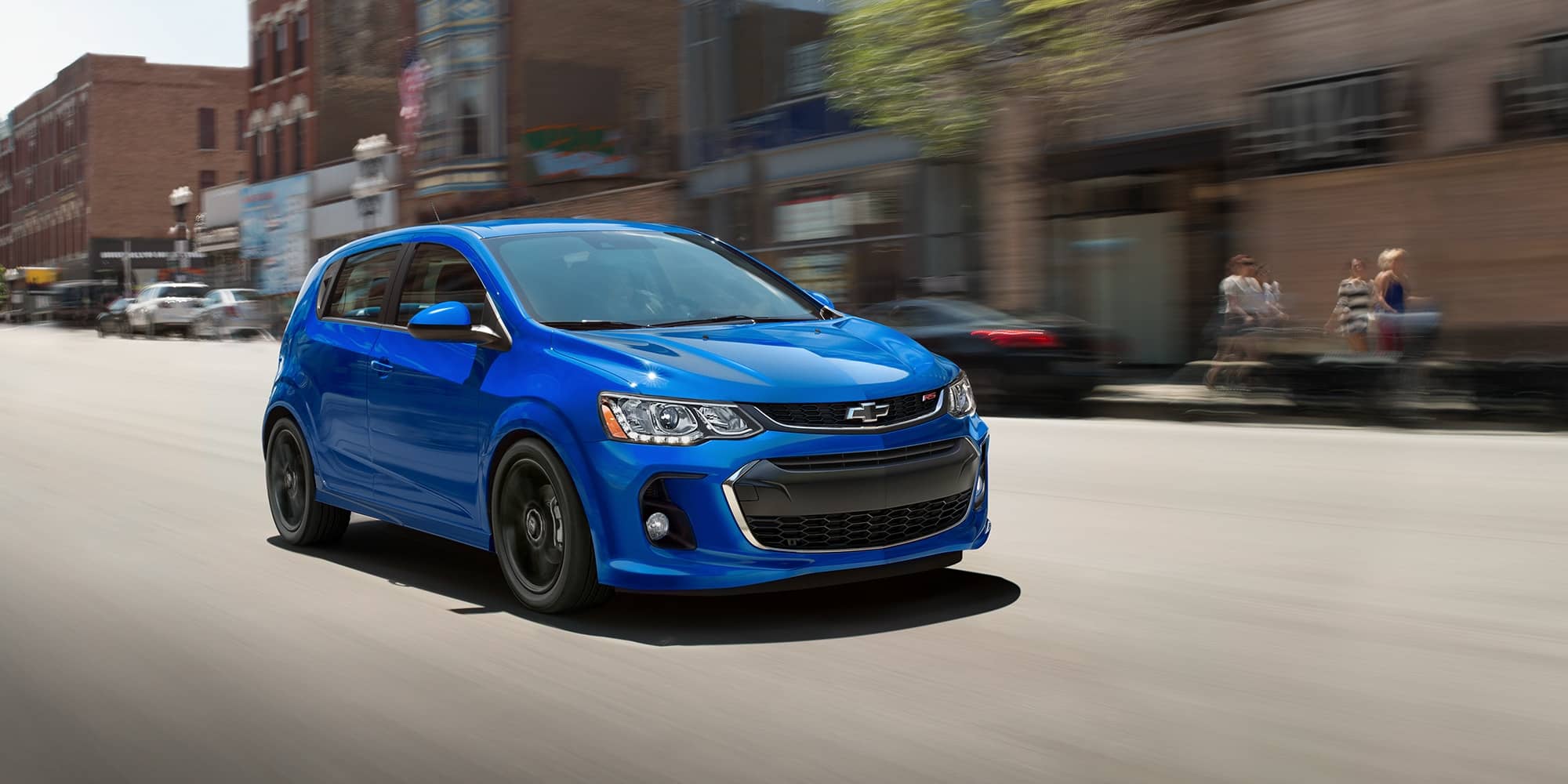
2. Chevrolet Sonic (2012–2020)
The Chevrolet Sonic was introduced as a fun-to-drive, affordable subcompact hatchback and sedan, appealing especially to urban drivers and younger buyers. Despite its early promise, the Sonic has struggled with build quality and long-term durability issues that have surfaced as the model has aged.
Interior rattles and squeaks are common complaints, primarily due to the extensive use of low-cost plastics and a lack of thorough soundproofing. Dashboard panels often creak with changes in temperature or road vibration, and door panels have a tendency to loosen over time, leading to audible annoyances that affect the perception of quality.
The Sonic’s suspension system, designed to prioritize nimbleness and comfort, unfortunately, tends to wear prematurely in real-world conditions. Shock absorbers and bushings deteriorate faster than expected, contributing to clunking and rattling sounds, especially on rough or uneven roads.
The relatively stiff ride exacerbates these noises, making the cabin feel less refined. Additionally, engine and transmission mounts in the Sonic sometimes fail early, allowing vibrations to enter the cabin and produce a buzzy, less pleasant driving experience.
Structurally, Sonic’s lightweight construction sacrifices body rigidity for efficiency and agility. This lack of stiffness can cause panel misalignments and increased susceptibility to rattling components. The cumulative effect is a vehicle that, while initially appealing for its size and price, disappoints owners as it ages, and these issues become more pronounced.
For many, Sonic’s tendency toward rattles and mechanical wear undermines the brand’s promise of quality, positioning it among the Chevys that have not aged well.
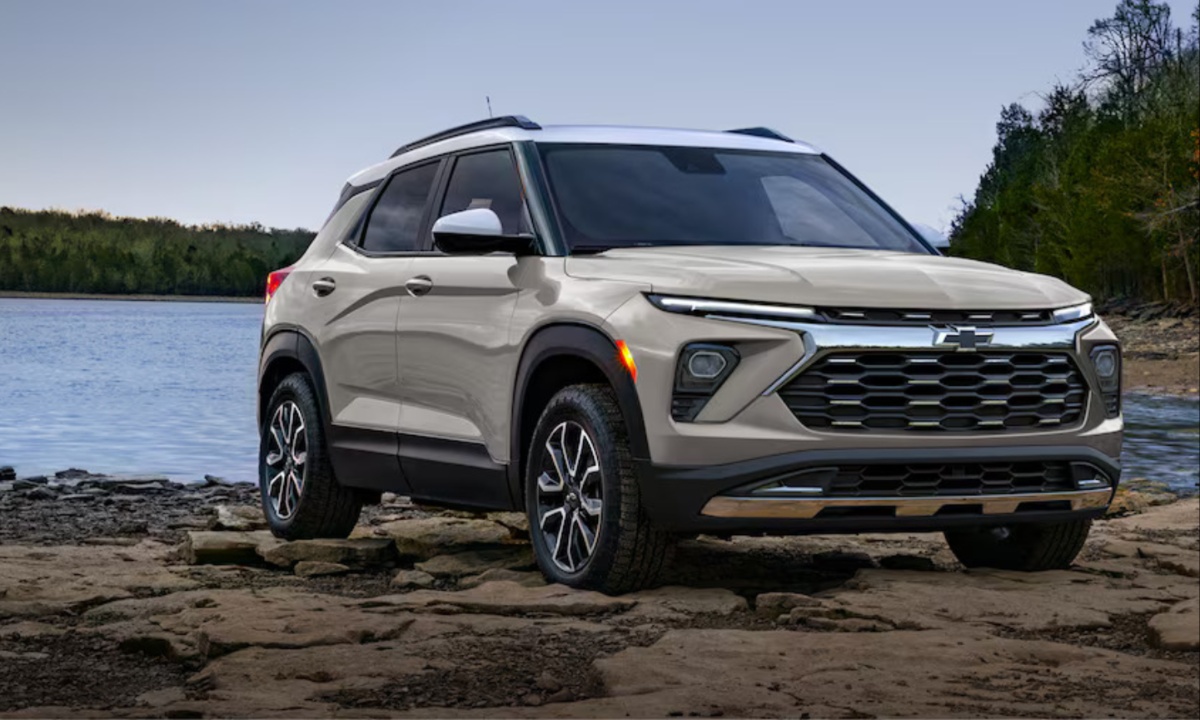
3. Chevrolet Trailblazer (2002–2009)
The early-2000s Chevrolet Trailblazer was a popular mid-size SUV known for solid performance and off-road capability. Yet, despite its rugged image, the Trailblazer has faced numerous complaints regarding its aging build quality. As these vehicles have accumulated mileage, interior rattles have become increasingly prevalent.
Dashboard components loosen, plastic trim pieces crack, and door seals begin to deteriorate, all contributing to an increasingly noisy and less comfortable cabin environment. These interior issues significantly detract from the vehicle’s otherwise utilitarian charm.
Mechanically, the Trailblazer’s suspension system has been a weak point as the vehicle ages. Front control arms, ball joints, and bushings wear out, leading to clunking sounds and vibrations that reverberate into the cabin. The aging suspension also compromises ride comfort and handling stability, which further amplifies the perception of decline. The aging drivetrain components, while generally durable, sometimes produce vibration issues due to worn engine or transmission mounts.
Additionally, corrosion has been a significant issue for many Trailblazers, especially in areas with heavy road salt use during winter. Rust can affect frame rails, suspension parts, and body panels, causing structural integrity concerns and leading to misalignments that increase rattling and squeaking.
The combination of interior wear, mechanical aging, and corrosion challenges has led to a decline in the Trailblazer’s desirability and has marred its reputation for long-term dependability.
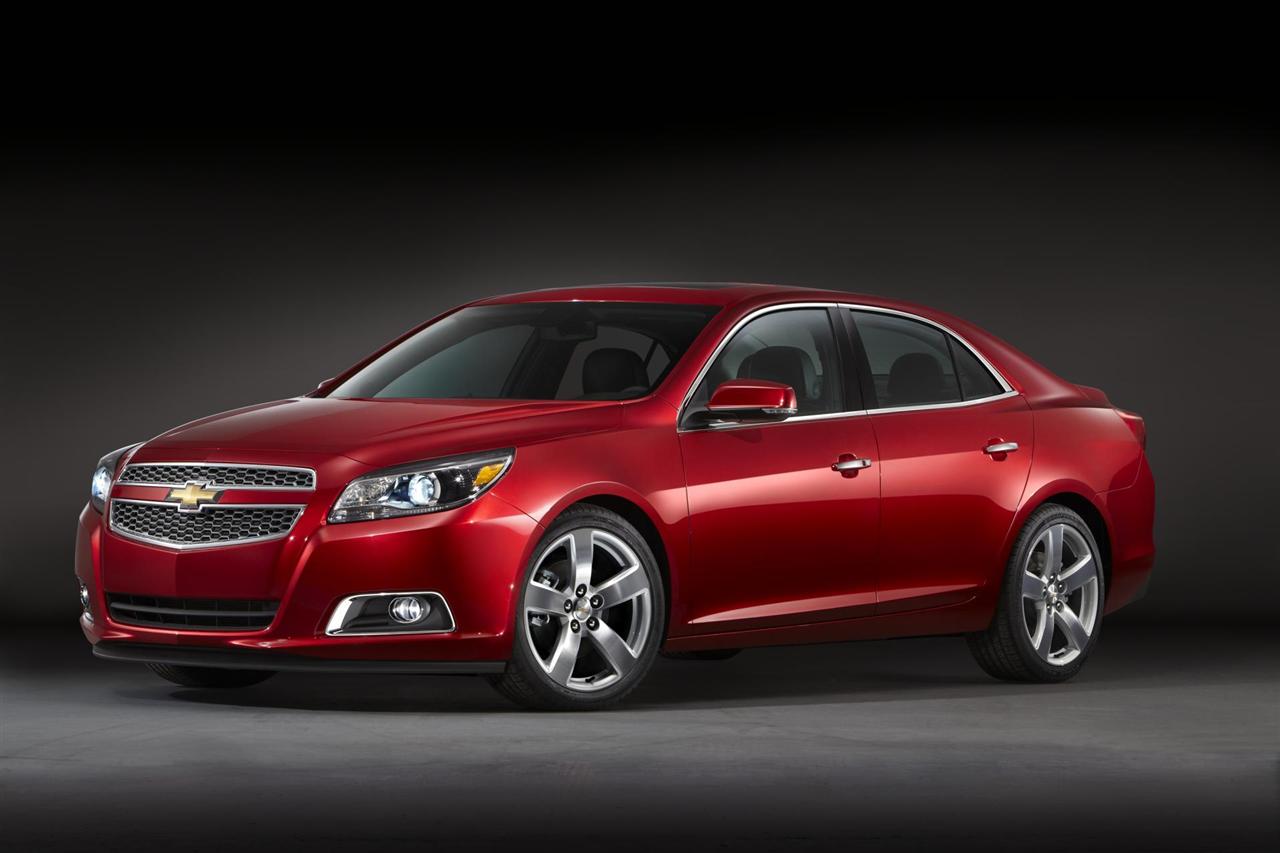
4. Chevrolet Malibu (2013–2015)
The 2013 to 2015 Chevrolet Malibu was intended to be a competitive midsize sedan with a fresh design and advanced safety features. However, these models have garnered mixed reviews in terms of long-term quality and build solidity. One of the most frequently cited problems is interior rattling.
Owners report that door panels, center consoles, and dashboard elements tend to loosen and produce persistent squeaks and rattles as the vehicle ages. The use of hard, cheap plastics combined with less-than-ideal assembly practices seems to have contributed to these issues.
Engine and transmission mount issues have also led to increased vibration being felt inside the cabin, particularly at idle or low speeds. This contributes to a buzzy feeling and detracts from what should be a quiet, comfortable ride. Some drivers have also reported that the glove box and storage compartments can develop creaks and rattles, compounding the noise problems and making the cabin feel less refined than competitors.
From a mechanical perspective, premature suspension wear is another concern with these Malibu model years. Worn-out bushings, struts, and shocks cause clunking noises over bumps and further degrade ride quality. Additionally, wind noise increases as door seals wear down or panels misalign.
While the Malibu still offers competitive fuel economy and decent performance, the build quality issues leave the 2013–2015 models struggling to maintain the quiet, smooth, and refined driving experience that buyers expect from a midsize sedan.
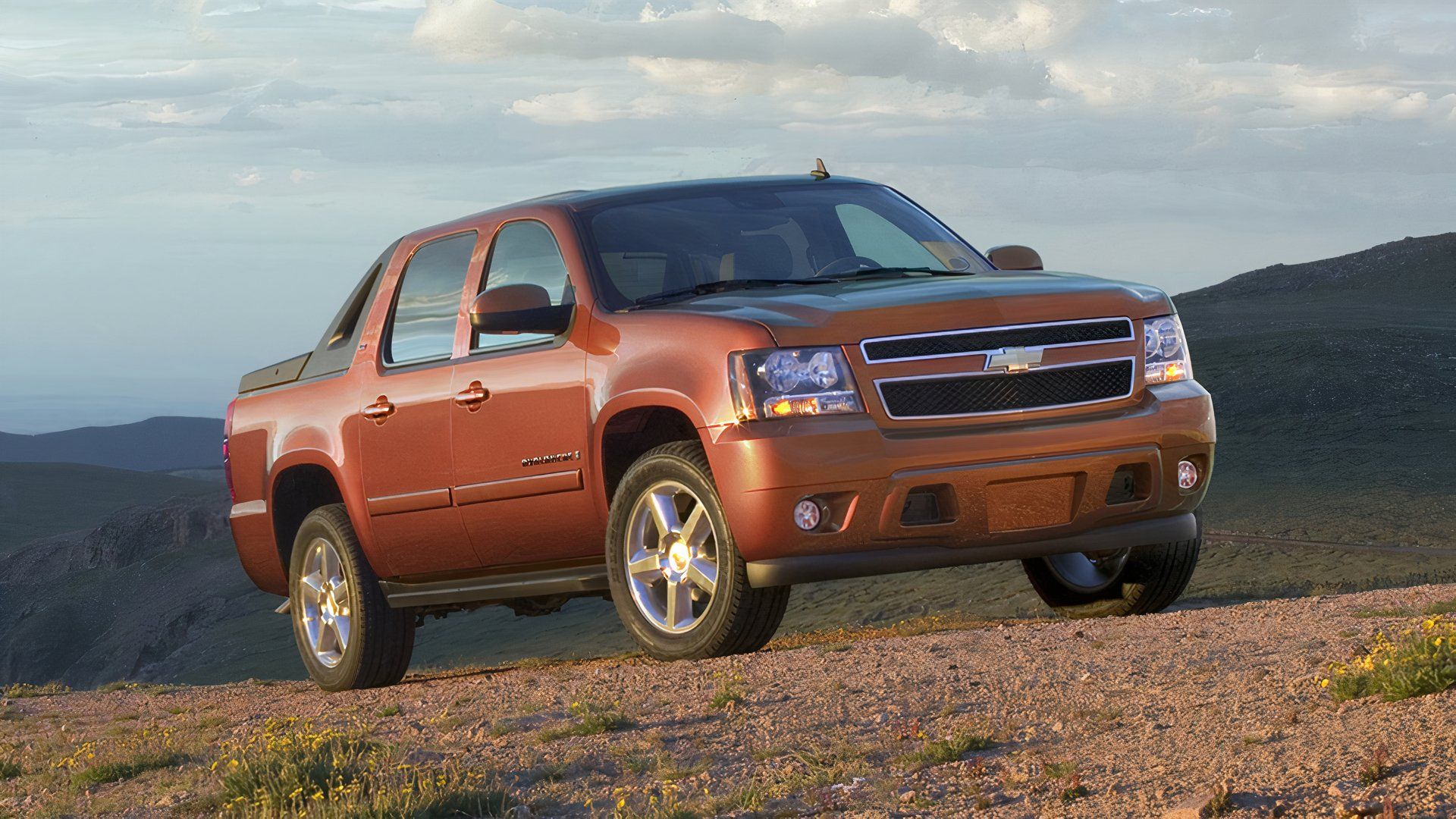
5. Chevrolet Avalanche (2002–2013)
The Chevrolet Avalanche was a unique offering that combined the utility of a pickup truck with the comfort and interior space of an SUV. While innovative at launch, the Avalanche has faced growing criticism over its build quality as it has aged. One major source of complaints is the midgate system and truck bed cover, which often become misaligned or loosened over time, leading to rattling and clanking noises that can seriously detract from the driving experience.
These components, essential to the Avalanche’s versatility, sometimes fail to maintain tight tolerances, which is problematic in a vehicle marketed as rugged and reliable.
Inside, the Avalanche suffers from an interior build that uses a lot of hard plastics and panels that can loosen or crack with age. Dashboard trim and door panels often develop squeaks and rattles, especially on rough roads. The heavier weight of the vehicle, combined with aging suspension components like worn shocks and bushings, makes the cabin noisier and less composed over time. This is especially notable given the Avalanche’s positioning as a premium, versatile truck-SUV hybrid.
Rust and corrosion have also taken a toll on many Avalanches, particularly on frame components and suspension parts. These issues can compromise the vehicle’s structural integrity and exacerbate rattling and vibrations. Despite its strengths in utility and design innovation, the Avalanche has been unable to maintain a reputation for solid build quality as it ages, ultimately placing it among the Chevys that haven’t held up well over time.
Also Read: 5 Cars That Dealers Can’t Keep In Stock and 5 That Collect Dust
Reflecting on Chevrolet’s wide-ranging lineup as it stands in 2025 reveals a fascinating dichotomy in the brand’s vehicle durability and build quality. While some models shine brilliantly, earning their place as long-term champions of reliability and solid engineering, others illustrate the pitfalls that can arise when design and material choices do not prioritize longevity.
This contrast highlights an essential truth in the automotive world: not all vehicles age equally, and a brand’s reputation ultimately depends on the models that consistently deliver durability and satisfaction over time.
The five Chevrolet models that remain strong in 2025 serve as exemplars of how careful engineering, robust materials, and continual refinement pay off. Vehicles such as the Silverado 1500, Tahoe, and Colorado prove that a strong frame, quality powertrains, and attention to interior durability can create vehicles that not only withstand the stresses of daily use but also maintain their structural integrity and quiet composure.
The Corvette C7 and Equinox demonstrate that even sports cars and compact SUVs can achieve longevity when built with solid engineering principles. These models continue to command respect among owners, showcasing that Chevrolet’s best work stands the test of time and mileage, remaining reliable and pleasant to drive years after their initial release.
Conversely, the models that have not aged well provide cautionary lessons about the consequences of prioritizing initial affordability or styling over quality and durability. The Cruze and Sonic reveal how interiors filled with hard, cheap plastics and weak attachment points quickly deteriorate, resulting in persistent rattles and creaks that annoy owners.
The Trailblazer, Malibu, and Avalanche underscore mechanical and structural issues such as premature suspension wear, corrosion, and alignment problems that further degrade the ownership experience. These vehicles illustrate that build quality issues do not just affect comfort but can also impact a vehicle’s resale value, safety, and owner satisfaction.
Ultimately, Chevrolet’s story in 2025 is one of both resilience and learning. The vehicles that have remained strong show how a commitment to solid foundations, incremental improvements, and quality materials can yield long-lasting machines.
Meanwhile, the models that faltered serve as reminders of the importance of prioritizing durability and customer experience in every aspect of design and production. For buyers—whether shopping new or used—this understanding is invaluable. It encourages careful consideration of model history and build quality beyond just price or initial appeal.
In conclusion, Chevrolet’s lineup today reflects a brand capable of producing vehicles that can be trusted to perform reliably for many years, provided those vehicles benefit from thoughtful engineering and construction. Recognizing the models that have endured well—and those that have not—allows drivers to make informed choices, avoid potential pitfalls, and appreciate the complexities behind automotive longevity.
As Chevy moves forward in a competitive and ever-changing market, lessons from the past will undoubtedly shape future vehicles, hopefully leading to even more durable, comfortable, and reliable cars and trucks in the years to come.

